Nicholas J. Schaub
Neural Network Calculator for Designing Trojan Detectors
Jun 05, 2020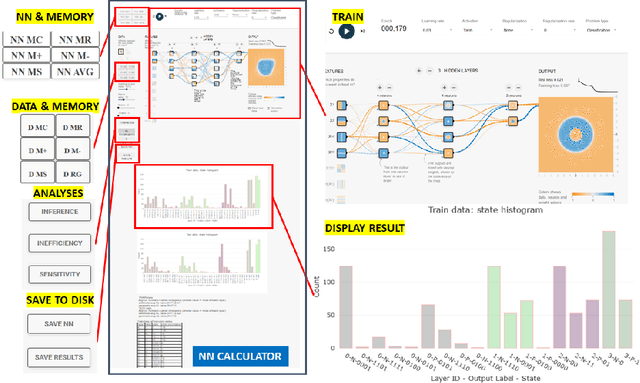
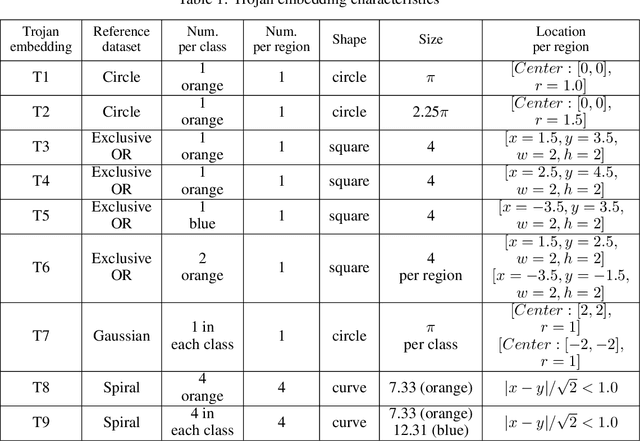
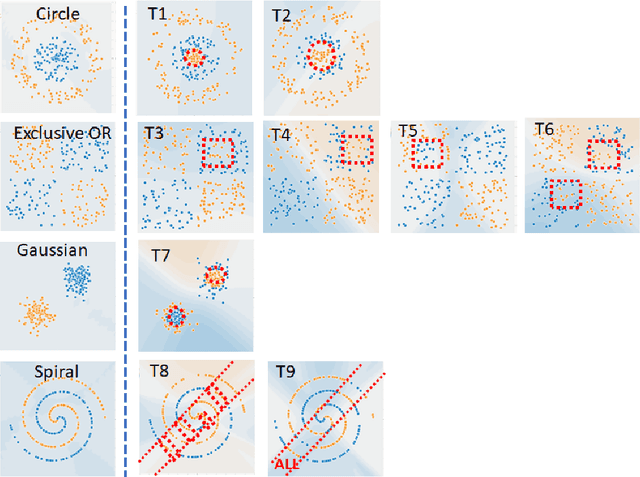
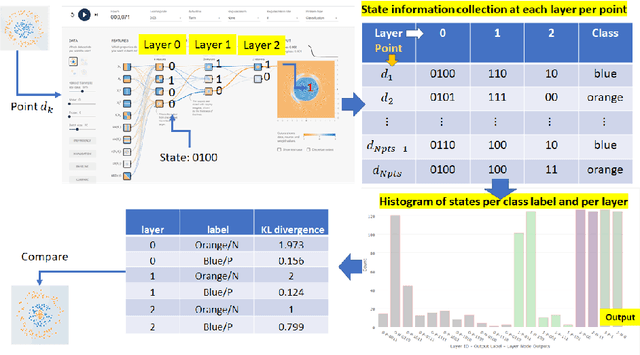
Abstract:This work presents a web-based interactive neural network (NN) calculator and a NN inefficiency measurement that has been investigated for the purpose of detecting trojans embedded in NN models. This NN Calculator is designed on top of TensorFlow Playground with in-memory storage of data and NN coefficients. Its been extended with additional analytical, visualization, and output operations performed on training datasets and NN architectures. The analytical capabilities include a novel measurement of NN inefficiency using modified Kullback-Liebler (KL) divergence applied to histograms of NN model states, as well as a quantification of the sensitivity to variables related to data and NNs. Both NN Calculator and KL divergence are used to devise a trojan detector approach for a variety of trojan embeddings. Experimental results document desirable properties of the KL divergence measurement with respect to NN architectures and dataset perturbations, as well as inferences about embedded trojans.
Assessing Intelligence in Artificial Neural Networks
Jun 03, 2020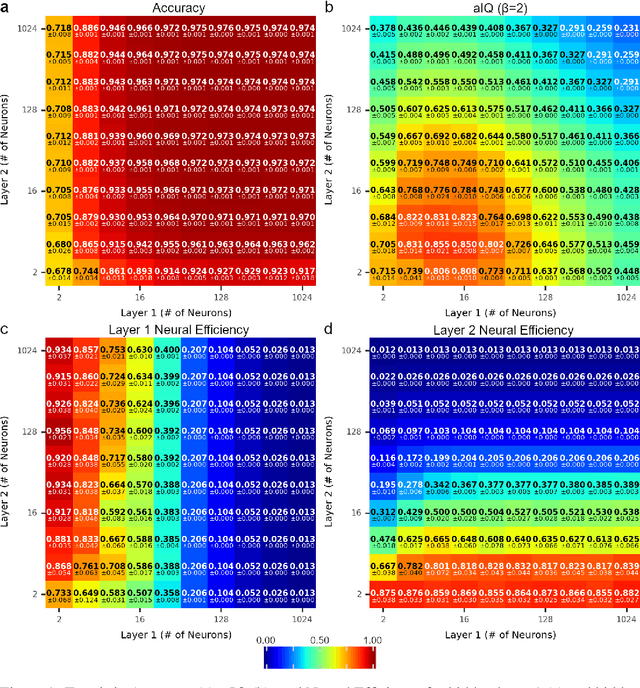
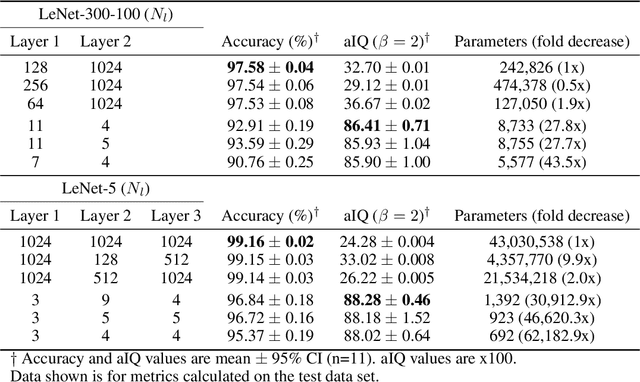
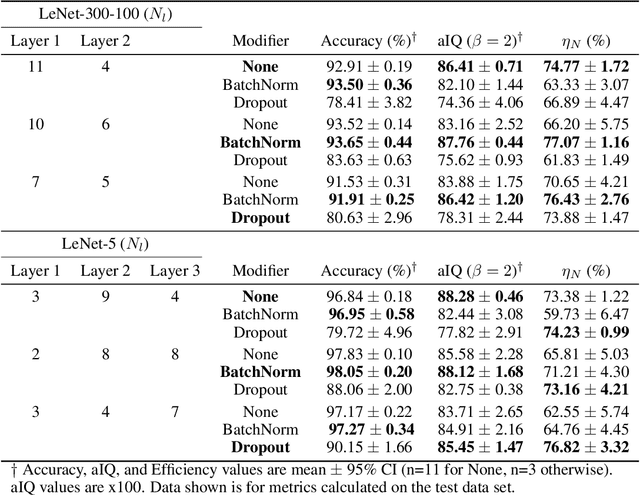
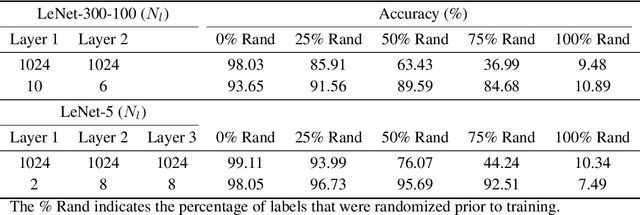
Abstract:The purpose of this work was to develop of metrics to assess network architectures that balance neural network size and task performance. To this end, the concept of neural efficiency is introduced to measure neural layer utilization, and a second metric called artificial intelligence quotient (aIQ) was created to balance neural network performance and neural network efficiency. To study aIQ and neural efficiency, two simple neural networks were trained on MNIST: a fully connected network (LeNet-300-100) and a convolutional neural network (LeNet-5). The LeNet-5 network with the highest aIQ was 2.32% less accurate but contained 30,912 times fewer parameters than the highest accuracy network. Both batch normalization and dropout layers were found to increase neural efficiency. Finally, high aIQ networks are shown to be memorization and overtraining resistant, capable of learning proper digit classification with an accuracy of 92.51% even when 75% of the class labels are randomized. These results demonstrate the utility of aIQ and neural efficiency as metrics for balancing network performance and size.
 Add to Chrome
Add to Chrome Add to Firefox
Add to Firefox Add to Edge
Add to Edge